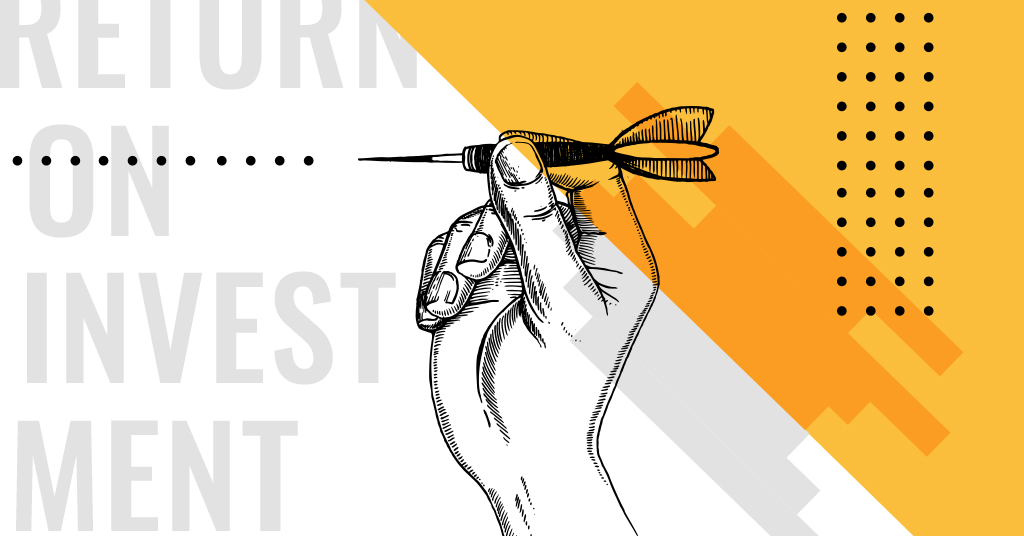Vert Blog
Takeaways you missed at this year’s StackDay
It’s no surprise that the digital advertising world is rapidly changing every single day. As media planners and buyers, it’s our job to stay up to date on all of the cutting-edge advancements and trends in the digital realm in order to best serve our clients. With so many digital innovations from Digital Out of Home to Connected TV to Privacy to AI to Programmatic, there’s a plethora to stay on track of. What better place to stay informed of these trends by the leading innovators themselves?
StackDay, an event hosted by the Toronto-based programmatic advertising platform, StackAdapt, was the perfect opportunity to do just that. During the three-day event in West Palm Beach, Vert representatives were given a glimpse into what these innovative leaders in the programmatic and digital media space are excited about, what’s on the roadmap of their solution, and how we, as digital media buyers & planners, can best use StackAdapt’s solution to deliver the best results for our clients.
In the same respect as the StackAdapt team, we wish to share our favorite topics discussed to those that might not have been able to make it to StackDay for the event.
Connected TV
CTV or connected TV has been on the rise in both popularity and availability over the last few years. This being said, that means the supply continues to skyrocket, in turn, opportunities to advertise.
Supply = Population x # of Devices x Time Spent On-device
*Therefore, 130MM Houses x 0.7 CTV devices per HH x 54 min watch per day
= ~4.9 billion minutes of CTV content consumer per day
Data has shown that as cord cutters decrease, CTV viewers increase. The point of intersection is approaching quickly, where CTV viewers will surpass linear TV viewers. CTV is becoming a powerhouse in the digital world as all targeting is IP based and not broadcast targeting (for example, a block of homes). This addressable targeting ties together accurate attribution from what was a previous black box. In turn, CTV will provide better targeting and fewer wasted impressions, therefore, fewer wasted dollars.
Though it is not necessarily noteworthy that StackAdapt is offering CTV as a placement option, there are already dozens of platforms you can access the medium already. However, what is groundbreaking in this programmatic space is the anticipated launch of show-level reporting to offer even more insightful data per viewer. Insights from CTV buys have typically been limited to Completed View Rate, genre of show watched, and Cost Per Completed View. Now, with show-level reporting, launching later this year, advertisers will be able to see exactly what content their ads accompanied. This one additional metric will not only help advertisers understand what their target audience is actively consuming and interested in, but will also provide greater transparency to ensure brand safety. This will only help to leverage CTV in more media buys across all outlets. Leveraging CTV is effective as a standalone tactic, but when integrated into a multi-touch, full-funnel approach, it will generate stronger KPIs, enhanced brand awareness and ultimately, better results to meet and exceed client goals.
User Privacy and Quality of Content is Changing
The announcement of the removal of cookies from Google Chrome in 2022 came as a shock to some, and to others an expected next step. From an advertiser’s perspective this seemed like a major blow to how one could target a precise audience, and in the short-term it will be. The perspective from a company that has a much larger vested interest in the ability to reach niche audiences effectively was much more encouraging.
StackAdapt’s perception of the removal of cookies is a necessary step towards striking a balance between the exchange of goods and services between consumers or users and the content creators. Ultimately, the internet will be fundamentally changed for the better, though it may take some adjusting too. However, we wouldn’t be where we are not in the digital space had big hurdles like that not happen at some point.
Traditionally, the value exchange of viewing content on the internet was that the content would be free in exchange for personal data to be able to sell ads. Advertisers dominated this relationship as most people were unaware this exchange was even happening and as a result publishers were able to demand higher ad prices with an immense amount of data known about each user.
The removal of cookies and government policies like CCPA and GDPR have restricted the amount of data publishers can learn about a publisher without consent and as a result has decreased the value of visitors to the site. In an effort to combat this, publishers are allowing more advertisers more access to inventory to increase bid prices, but this also has a negative impact on the quality and importance of each publisher.
Looking forward, there will likely be a new solution to compensate for the lack of cookie data. In the meantime, there are still several sources of user data such as device ID and IP address that advertisers will continue to be able to use to ensure we are driving the results via digital advertising we have become accustomed to.

